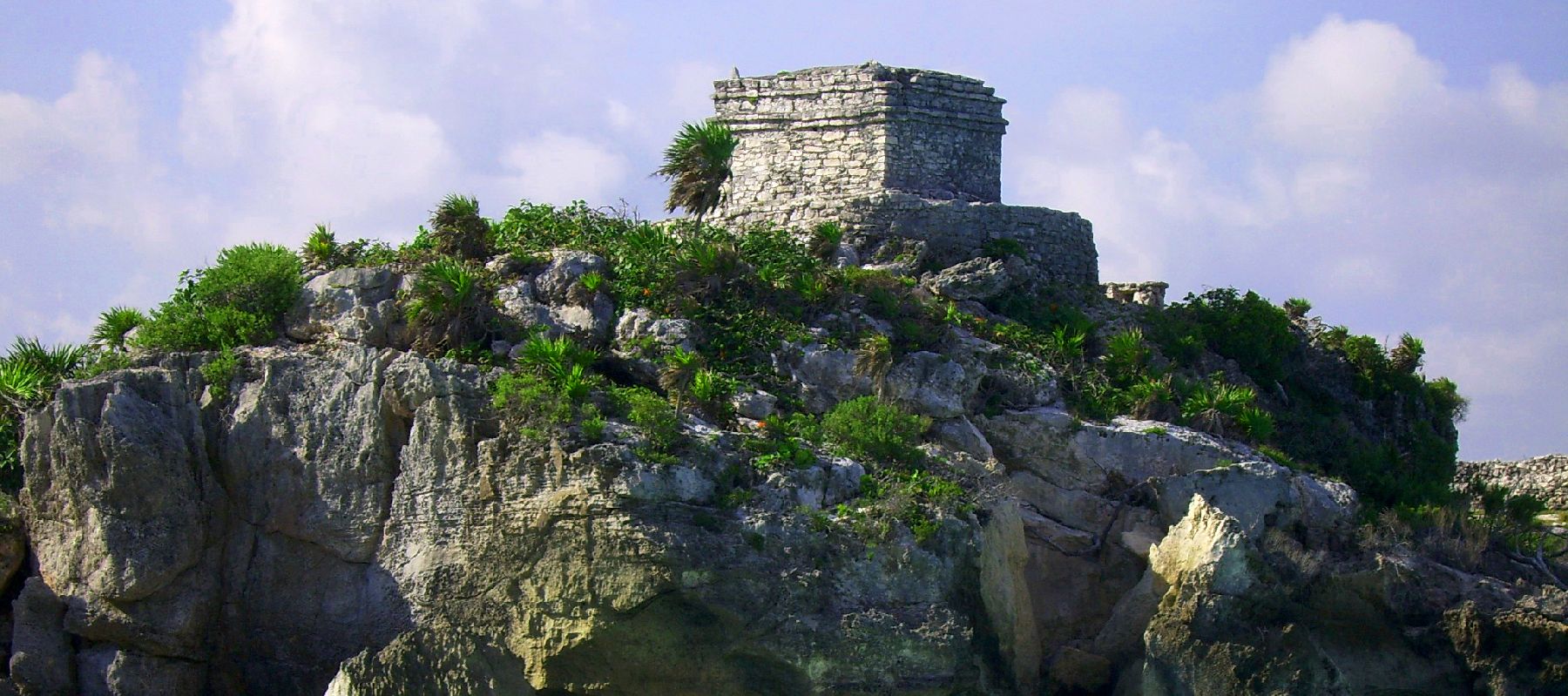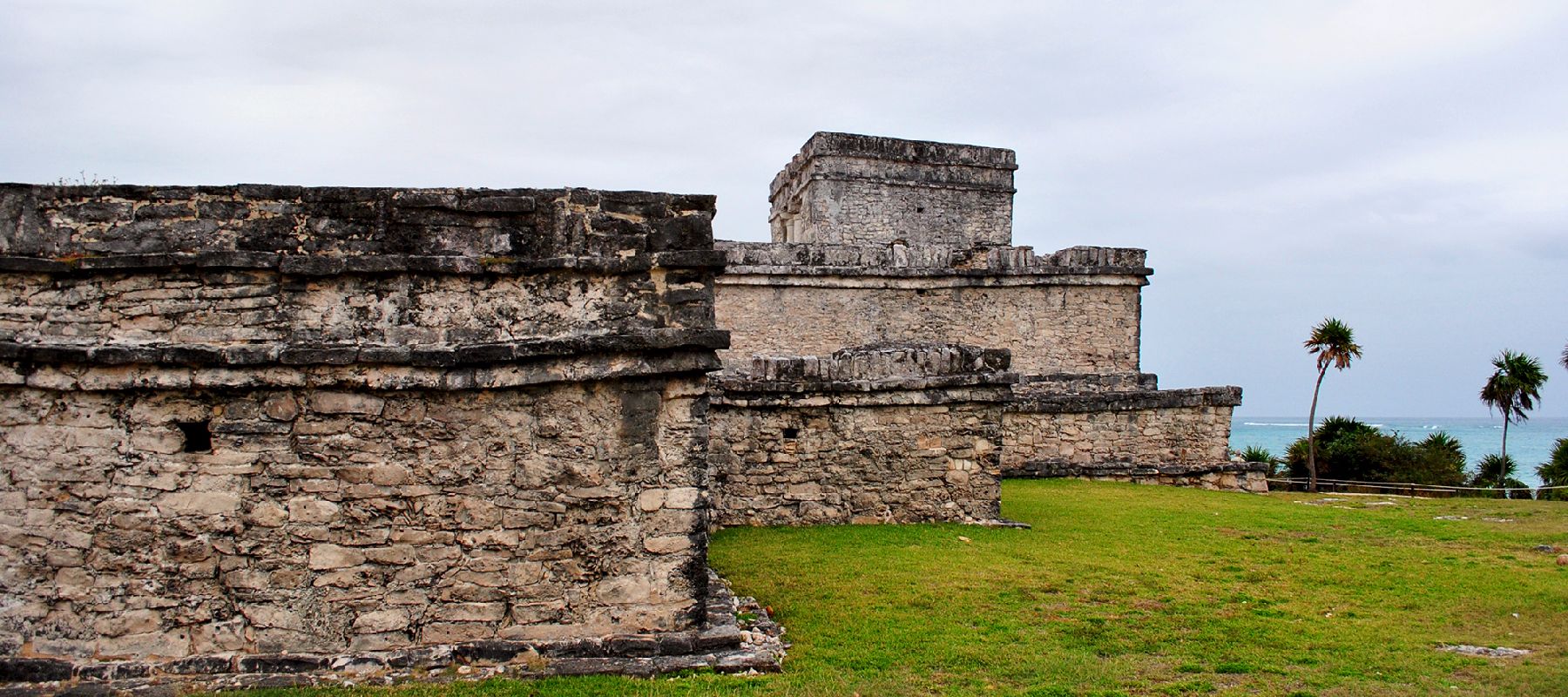RESERVATION POLICIES:
- Rates listed are exclusively valid for the inquiry date.
- Upon making a reservation it becomes necessary for you declare to have full knowledge of our Reservation and Payment Policies, Disclaimer and Cancellation Policies.
- All reservations are subject to availability existing at the moment of your request. No confirmation can be issued until deposit for the requested service has been made.
- Please note that this verification and confirmation process may take up to, and never more than 36 hours.
- In order to avoid inconveniences, please make a printout of your confirmation payment voucher and have it ready for check-in to the reserved service.
- For any change to a confirmed reservation is needed, please contact us.
We strongly suggest reading the CANCELLATION POLICIES.
Any changes are subject to availability and rate adjustments when necessary.
Our CANCELLATION POLICIES are applicable at all times without exception.
PAYMENT POLICIES:
WE DO ACCEPT ALL CREDIT CARDS.
50% to 70% of the amount corresponding to your reservation will be immediately wire transfer via PayPal or Wise transfers . The balance will be paid to your guide before the tour at the location.
We will be glad to accept your wire transfer as an alternative form of payment. Please contact us for further details.
This movement may cause a variation of 6% above the international transaction index and such difference will show on your billing statement.
VISIT SIAN KA’AN cannot be held responsible for this variation and upon accepting the PAYMENT POLICIES you acknowledge to have been informed of the exchange rate fluctuation and declare your agreement to the corresponding charge being made.
DISCLAIMER
- VISIT SIAN KA’AN will not assume liability for any claims, costs or expenses arising from personal injuries to the client or third parties, or caused by accidents, fatalities, loss or damage to personal property, lack of enjoyment or claims over emotional and mental states such as upset, disappointment, anguish, distress or frustration, or any other damage, whether physical, mental or emotional, arising from the following:
(a) Illness, theft, labor disputes, mechanical failures, quarantine, Government actions, weather or any other circumstance beyond direct control of VISIT SIAN KA’AN.
(b) A full refund will not be granted by VISIT SIAN KA’AN in situations when a service must be interrupted, postponed or cancelled for reasons beyond its control (acts of Nature such as bad weather -including hurricanes- , earthquakes or war, acts of terrorism or else), circumstances under which VISIT SIAN KA’AN is not allowed to obtain full refund from service operators in view of specific contract terms.
CANCELLATION AND NO SHOW POLICIES:
- All cancellation requests must be addressed in writing to VISIT SIAN KA’AN as the basis reference.
- Cancellation requests made 15 (fifteen) or more days prior to confirmed arrival date are subject to a penalization of 10% on the total payment for the reservation.
- Cancellation requests made no more than 14 (fourteen) days and no less than 3 (three) days prior to the confirmed arrival date are subject to a penalization 20% of the total payment of your reservation.
- Cancellation requests within 24 hours to the confirmed arrival date or a “no-show” are 100% non-refundable. No refunds will be granted either for unused portions of the reservation due to an early departure.
- Cancellation policies for reservations made for Christmas, New Year and Easter may apply with 7 days and less will be a non-refundable. Please contact us for future details.
- All cancelations made within 24 hours or less prior to your tour, 100% penalty will apply.
- No show or not attended your tour 100% payment penalty will apply and must pay the balance to cover the full amount of the tour price
I have read and I accept the Changes and Cancellation Policies for FULL PAYMENT.
You must agree with the Changes and Cancellation policies to make a reservation.


